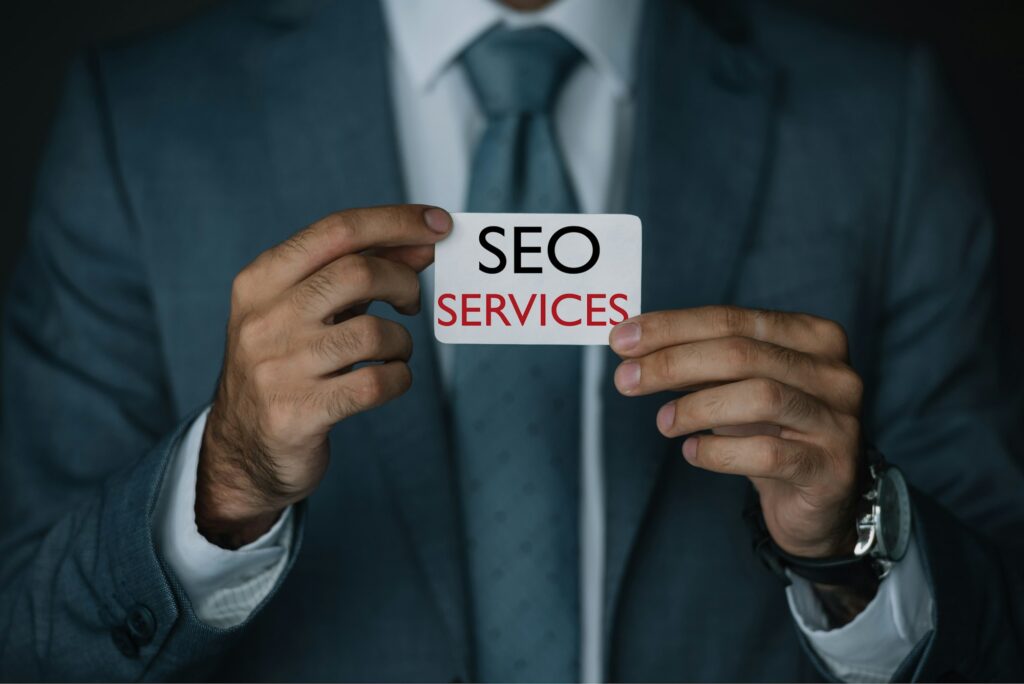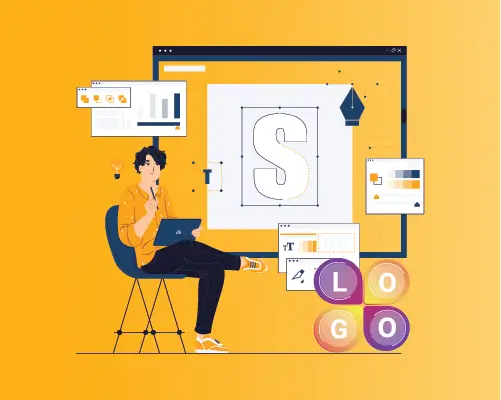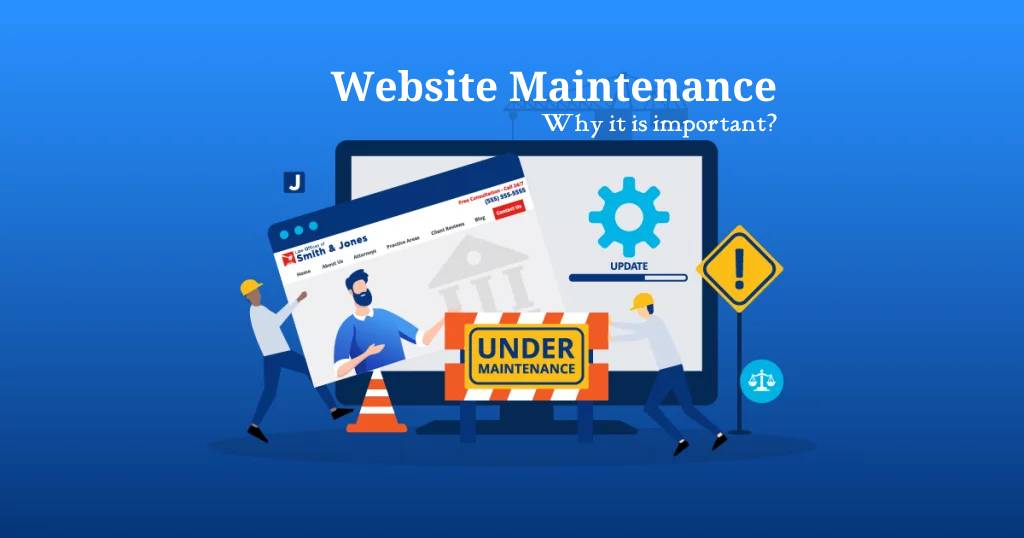A poorly designed website frustrates all visitors – but for users who rely on accessibility features, it can prevent them from navigating your content altogether.
Understanding what web design agency accessibility means, why it’s important, and how to implement it will help you create a website that provides a seamless experience for every user. Here’s how Bloom ensures accessibility-first design and why it’s critical to your brand’s online success.
This blog covers:
- What is web accessibility?
- 4 Key Principles of Accessibility – First Web
- Implement accessible website design
Table of Contents
ToggleWhat is Web Accessibility?
Web accessibility ensures that your website – and the features on it – are accessible to everyone, including people with disabilities. An accessibility-first website allows all users, regardless of visual, auditory, cognitive or motor limitations, to navigate and interact with your content without barriers.
Is an Accessibility-First Web Design Required?
Yes – in many countries accessible web is required by law.
Laws such as the Americans with Disabilities Act (ADA) in the US, the Accessibility for Ontarians with Disabilities Act (AODA) in Canada and similar international regulations require businesses to follow accessibility standards.
These laws refer to the Web Content Accessibility Guidelines (WCAG), which outline best practices for global accessibility. Businesses that comply with the ADA and WCAG not only protect themselves from fines, lawsuits, and reputational risk—they also qualify for benefits like the IRS Section 44 tax credit (up to $5,000).
However, Bloom strongly believes that outreach should go beyond legal compliance. Even websites that technically meet WCAG standards can still have usability flaws that frustrate visitors. A first-of-its-kind mindset ensures that your design is intuitive, intuitive and inclusive for every user.
Why Accessibility Is a Must for Your Website
Beyond avoiding legal issues, accessibility-first web supports your brand, SEO performance and business growth.
General Usability for All
Accessible design principles — clear navigation, readable text, strong color contrast — improve the experience for everyone. With most users browsing on mobile devices, this level of clarity is essential.
Reach a Broader Audience
Over 1.3 billion people globally live with some form of disability. If your website isn’t accessible, you are unintentionally excluding a major segment of potential customers. Inclusive design allows everyone to fully engage with your products and services.
Increase Conversions and Leads
Users stay longer and convert more when pages are easier to navigate. Accessibility features like clear CTAs, structured layouts and easy navigation encourage users to complete actions such as booking, purchasing or submitting inquiries.
Boost SEO Performance
Accessibility overlaps naturally with SEO best practices:
- Lower Bounce Rates: Cleaner layouts and clearer content help users find what they need faster.
- Mobile-Friendliness: Google ranks mobile-optimized sites higher — and accessibility improves mobile UX.
- Better On-Page Structure: Proper headings, alt text and readable copy help both users and search engines.
Future-Proof Your Website
Technology evolves fast. By implementing accessibility-first principles today, you ensure your website adapts to future updates, legal standards and user expectations.
4 Key Principles of Accessibility-First Web Design
According to WCAG 2.1, accessible websites must follow four guiding principles: perceivable, operable, understandable and robust.
- Understandable
Users should be able to absorb your content, regardless of sensory limitations.
Bloom recommends:
- Alternative text for images to describe scenes for screen readers.
- Accurate captions and transcriptions for video and audio content
- Legible typography and color contrast for visually impaired users
- Options to change text size for easy reading
- operative
All users should be able to navigate your website.
To improve operational efficiency, Bloom focuses on the following:
- Keyboard navigation compatibility (Tab, Enter, arrow keys)
- Large buttons that are easy to click
- Mobile responsive interface elements
- Avoid time-sensitive or activity-heavy conversations
- understandable
Your content, navigation and interactions should be intuitive.
Bloom applies:
- Clear, simple language
- Consistent page layout across the site
- Helpful error messages with suggested fixes
- Predictable navigation patterns
- Strong
Your website must work across browsers, devices and assistive technologies.
Bloom ensures robustness through the following:
- Clean, expressive HTML coding
- Use of ARIA attributes for dynamic elements
- Regular compatibility updates
- Testing with real assistive technologies (screen readers, speech tools)
Implementing Accessible Website Design
Accessibility isn’t a one-time requirement — it’s an ongoing part of modern web
Bloom recommends the following steps for long-term accessibility success:
- Follow the web accessibility guidelines
WCAG 2.1 establishes a global standard with three conformance levels – A, AA and AAA. Bloom helps clients achieve compliance with Level AA as a baseline and regularly monitors policy updates.
- Design with accessibility from the start
Accessibility should never limit design creativity. Building accessibility into the design stage ensures that the end-user experience is sophisticated, inclusive and seamless – while supporting conversions.
- Stay current on evolving accessibility standards
Compliance requirements change. Bloom continuously monitors updates to WCAG, ADA and international regulations to keep customers safe and compliant.
- Use the Web Accessibility Checker
Automated tools help validate accessibility standards. Google Lighthouse is a free checker that evaluates accessibility, performance and mobile UX. If you fail any accessibility criteria – all accessibility points are failed.
Create accessible online experiences for all users – work with Bloom
Accessible web isn’t just a legal requirement – it’s essential for building trust, improving user experience and maximising website performance.
At Bloom, we integrate principles of accessibility first into all customized websites we design. Our team ensures that your website doesn’t just meet compliance – it provides a seamless, inclusive and conversion-driven experience.
Do you want a website that is modern, accessible and built for real growth?
Contact Bloom today and let us help you transform your online presence.
Frequently Asked Questions
What is web accessibility and why does it matter?
Web accessibility ensures that your website can be used by everyone – including people with visual, hearing, motor or cognitive disabilities. This is important because an accessible website provides a smoother, more inclusive user experience, expands your reach and demonstrates your brand’s commitment to equal access. This improves usability for all visitors, not just the disabled.
Is accessibility-first web design required by law?
Yes. Many countries enforce accessibility regulations such as the ADA (US), AODA (Canada) and others that require public websites to follow the WCAG guidelines. Failure to comply can result in lawsuits, fines and reputational damage. Implementing accessibility-first design ensures you stay legal while providing a better experience for all users.
How do businesses benefit from accessible web design?
Accessible design increases conversions, reduces bounce rates, improves SEO companies and makes your website more user-friendly. This opens up your business to the 1.3 billion people living with disabilities worldwide, strengthens your brand’s reputation and expands your customer base. Accessible websites also perform better on mobile and rank higher on search engines.
What are the main principles of accessibility-first web design?
Accessibility-first design follows four important WCAG principles:
- Comprehensible: Users must be able to see, hear or otherwise understand your content.
- Accessibility: Navigation and controls should be accessible using a variety of methods (keyboard, screen reader, etc.).
- Comprehensible: Content and interactions must be easy to read, follow and predict.
- Strong: Your website should work across all devices, browsers and supporting technologies.
How can Bloom make my website more accessible?
At Bloom, we build accessibility for your website from the ground up. We use WCAG-compliant design, optimize navigation, improve structure, increase readability and ensure compatibility with screen readers and assistive technologies. Our team also performs accessibility audits, fixes existing barriers and ensures your site remains compliant as standards evolve – giving you a site that’s inclusive, intuitive and conversion-driven.








Rahul M.
B2B Service Provider